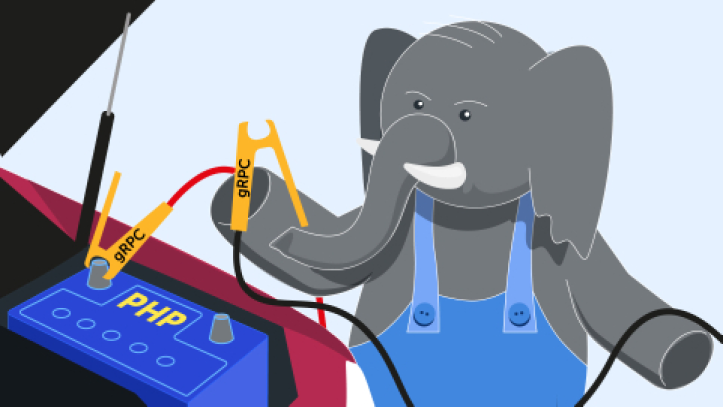Gartner-Dunning-Kruger Technology Graph
I looked at another Gartner chart in the technology sector. What does Dunning-Kruger have to do with it?

The shape of the curve seemed familiar to me, and I remembered a cognitive distortion called the Dunning-Kruger effect, which is that confidence in one's qualifications first grows as one gains experience in a subject area, and then, oddly enough, falls under the wave of initial trials and errors, then, with a lucky combination of circumstances and demonstrated qualities, reaches the level of adequate ideas about one's competence. Look how similar it looks. The axes show similar things: experience = time, confidence = expectations… even the words peak, plateau and enlightenment are on both.

I read about five articles on Habr about the Dunning-Kruger effect and the general impression is that the mood is skeptical. But what did I think about? Dunning-Kruger's methods of work may be incorrect, but this is not a guarantee that the conclusions are incorrect, in their generally known form
I recently described a development case with key principles for product management and developers, where I emphasized that we have personally observed these two periods: the peak of arrogant “stupidity”, followed by the valley of despair in connection with the feedback of real users, when we had to understand that the first understanding, like the first pancake, is always lumpy, no matter how happy the management is with it. And I have observed this Dunning-Kruger effect in my life more than once.
If we rely on experience and common sense, the development of ideas in any new field is indeed accompanied by inevitable self-confidence and then correction of initial ideas based on user feedback and other tests that real life provides us with. The technology maturity curve appeared in 1995, and the article that gave rise to the popularization of the Dunning-Kruger effect in 1999, so now I call this effect by the names of three heroes for a better understanding of its essence
On the other hand, this allows us to take a more interesting look at Gartner's graphs, from the point of view that the patterns in a person's mastery of a new field of knowledge (Dunning-Kruger effect) are identical to those in humanity's mastery of new technologies (Gartner hype cycle)






